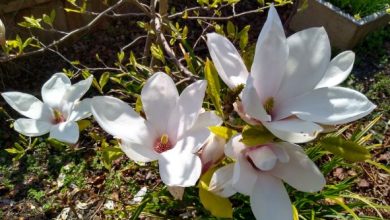Kiri Pests and Diseases: How to Identify and Treat Them
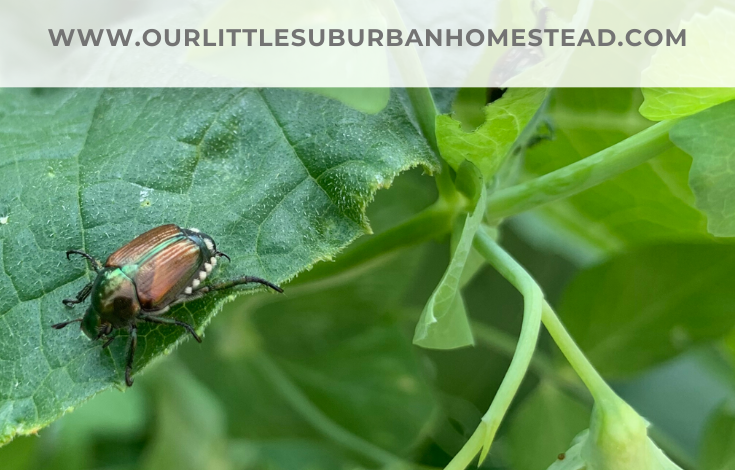
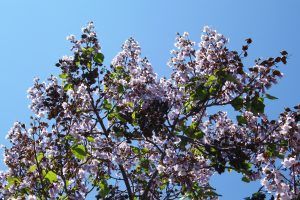 The kiri tree is an incredible mix of grandeur and majesty that makes it a favorite in ornamental planting.
The kiri tree is an incredible mix of grandeur and majesty that makes it a favorite in ornamental planting.
This imposingness gives it a lot of resistance to the possible attacks of pathogenic enemies that want to affect its structure.
That is why it is so valuable to work based on taking care of its parts, recognizing when something is not going well and acting to modify it. And you can achieve this with timely and quality information like the one we give you in this post about kiri pests and diseases.
Are you interested?
anthracnose
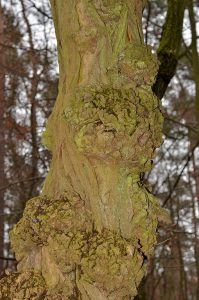 When the kiri tree is subjected to high humidity conditions, it is possible for the fungus that produces anthracnose to manifest.
When the kiri tree is subjected to high humidity conditions, it is possible for the fungus that produces anthracnose to manifest.
This has the property of settling mainly on the leaves and new parts of the plants, thus preventing the shoots from developing.
On the leaves, the evidence appears with a series of spots with a more or less rounded structure that vary from yellow to brown.
They are usually lighter in the center and darker towards the edges. As a result, the leaves weaken and eventually die, causing early defoliation.
It is a disease that can attack at any time of the kiri ‘s life. However, it is usually more frequent in young plants.
When fungicides are not treated in time, affected plants can die. In addition, it is possible to prevent it from occurring in adult trees by applying a good pruning strategy that helps air circulate through the crown.
Witch’s broom
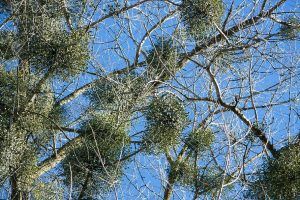 It is a disease that is caused by a mycoplasma and is capable of attacking all parts of the plant.
It is a disease that is caused by a mycoplasma and is capable of attacking all parts of the plant.
Its damage is manifested in the impossibility of the tree to develop its new shoots in the correct way, appearing malformations and delays.
This in young trees can quickly cause death, since there will be no proper growth. Adults are less likely to suffer severe damage, beyond problems with flowering, because they tend to be more resistant. Even more so if they have been cared for.
One of the most interesting things about this disease is that it comes through two routes. The first is by transmission from an infected plant by using unclean pruning tools. Hence the importance of disinfecting first.
The second is as a consequence of some sucking plague that leaves the wounds open for the mycoplasma to penetrate. It is necessary to attack the agents with products specially designed for this purpose.
fusarium
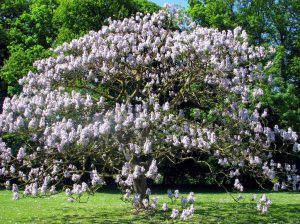
This is a disease that causes as its main symptom the blockage of the channels through which the internal sap of the kiri tree flows.
This condition causes, in the first instance, a weakening of the entire structure and then passes to the progressive death of the parts.
In this way, we can see that the leaves begin to fall and the smaller and thinner stems to dry.However, when it is not fought, all these processes are massified until reaching each area of the tree and is capable of leading to death.
It is treated with fungicides according to this type of disease and, although it can be applied correctively, it is best to apply prevention. That is, use the fungicide before the fungi appear when it is seen that the humidity of the environment is very high.
root death
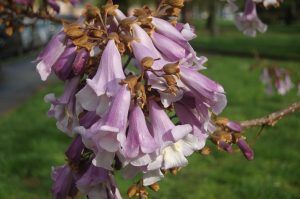 Root death is a fungal disease that becomes common in many plant species when poor irrigation practices are followed.
Root death is a fungal disease that becomes common in many plant species when poor irrigation practices are followed.
The kiri tree needs water to be healthy, but not too much. On the contrary, it is capable of tolerating small periods of drought.
Although it is logical that sometimes heavy rains can lead to the base of the trees having more moisture than necessary, it is essential to assess the drainage capacity of the soil before planting.
Root death causes the roots to suffocate, preventing them from continuing to carry the water and nutrients it picks up from the soil to the rest of the tree. Thus, a generalized weakening of the structure occurs, which sooner or later will end up giving way.
The biggest problem with this disease is that there is no cure. That is, after its effects begin to be noticed, it is very difficult to prevent its advance.
caterpillars
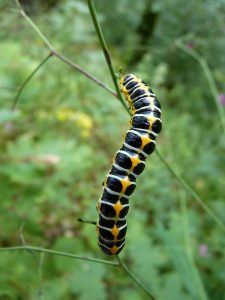 There are some species of caterpillars that can affect kyris because they use their leaves as a food source.
There are some species of caterpillars that can affect kyris because they use their leaves as a food source.
Although their behavior is worth observing in detail, if their appearance is noticed, they do not tend to cause major problems.
This is due to the size of the kiri as the caterpillars tend to prefer those plants that are closer to the ground.
In any case, the establishment of traps, as well as the use of repellents, can help counteract the problem if it becomes very complex.
Mites
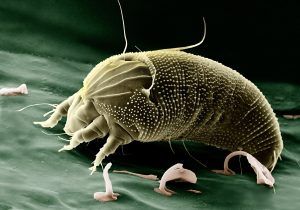 Finally we have the mites and these are capable of causing damage in almost any of their phases, being even more harmful while they are larvae.
Finally we have the mites and these are capable of causing damage in almost any of their phases, being even more harmful while they are larvae.
The reason is that they are able to move more or less easily throughout the structure, creating galleries that condition the life process of the kiri.
Depending on the species, the adult will also be capable of causing damage by sucking the sap from the green parts of the plant, although in some cases they can also take advantage of the branches.
The mites are usually tiny and sometimes you need to use a magnifying glass to see if it really is them and thus have the opportunity to attack them.
The kiri tree is not among those that generate the most occupation in terms of pests and diseases because it has a high resistance. However, it is not advisable to get overconfident and forget that you also need attention to enjoy good health.
And that attention often goes through being prepared to recognize damage, those who produce it and the strategies to combat it.
Sources consulted
- Background and cultivation of the genus Paulownia “ Kiri ” in Argentina, AM Lupi, M Flores Palenzona, M Falconier… – 2019 – repository.inta.gob.ar
- Application of two pre-germinative treatments in kiri seeds (Paulownia tomentosa) under different types of substrate in the Araña community of the municipality of …, T León Maraguay – repository.umsa.bo
- PLANT BIOTECHNOLOGY APPLIED TO THE CULTIVATION OF Paulownia tomentosa, AND ALTERNATIVES – researchgate.net
- In vitro culture of Paulownia (Paulownia tomentosa), MA Ramírez, VM Villalobos, R Salgado – 2001 – researchgate.net
- Study of the main sucking insect pests in urban green areas of the city of Valencia, EM Castro Arellano – 2016 – riunet.upv.es
Maybe you are also interested in:

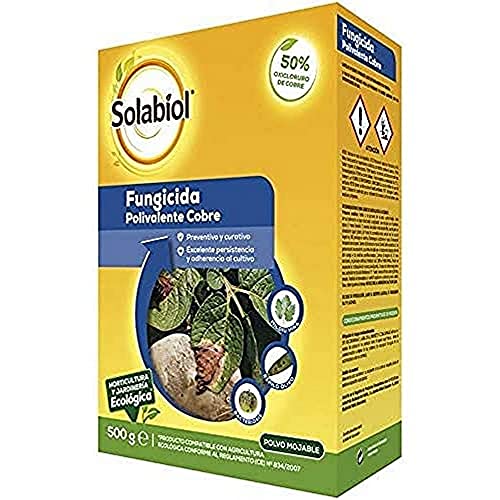
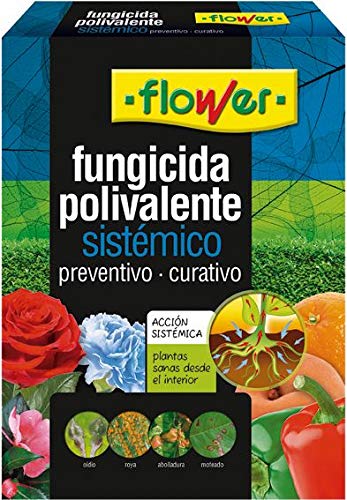
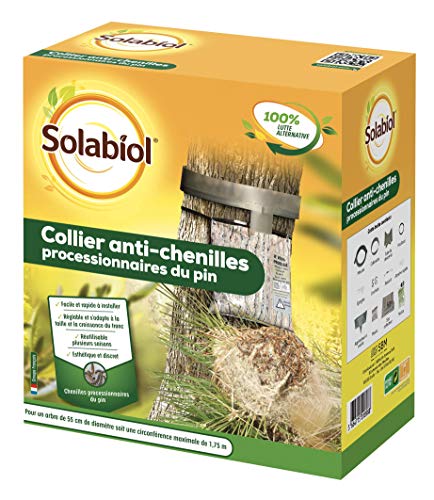

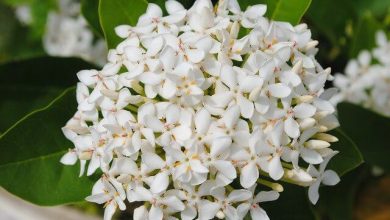
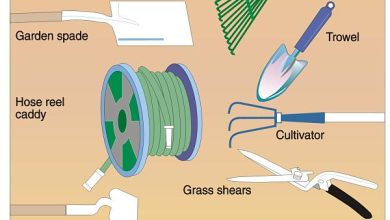
![Photo of Corn Piral (Ostrinia nubilalis): [Characteristics, Detection, Effects and Treatment]](https://www.complete-gardening.com/wp-content/uploads/2021/06/Que-es-el-piral-del-maiz-scaled-1-390x220.jpg)
